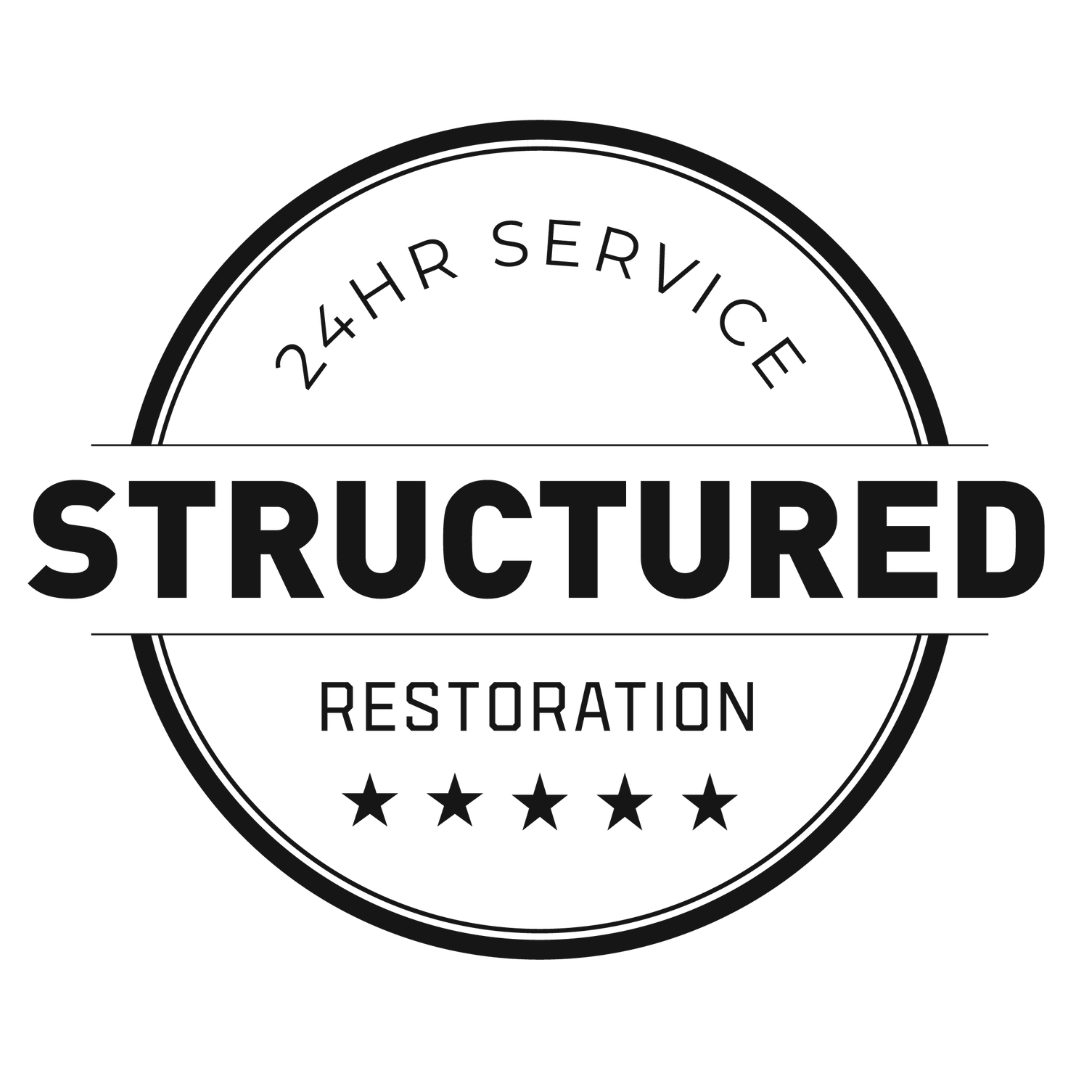As temperatures drop, the risk of bursting pipes increases, potentially causing significant water damage to your home. Understanding how to prevent pipes from bursting is essential for avoiding costly repairs. But if the worst happens, knowing what to do if your pipes burst can save you time, money, and stress. This guide will walk you through both prevention and action steps to help keep your home safe during cold weather.
Why Do Pipes Burst?
Pipes burst when water inside them freezes, expands, and creates excessive pressure. The pipe material can’t handle the pressure, leading to cracks and leaks. This typically happens in pipes that are exposed to extreme cold, such as those located in unheated areas like basements, attics, garages, or along exterior walls.
How to Prevent Pipes from Bursting
Preventing your pipes from freezing and bursting is all about preparation and awareness. Follow these tips to keep your pipes safe during winter:
1. Insulate Your Pipes
Pipes located in cold or unheated areas should be insulated to prevent freezing. You can use foam insulation sleeves, heat tape, or pipe wraps. Focus on vulnerable areas such as attics, basements, and exterior walls. This will help maintain a stable temperature around the pipes.
2. Keep Your Home Warm
Keeping your home at a consistent temperature, even when you’re not there, is a key strategy for preventing burst pipes. During winter months, ensure the thermostat is set to at least 55°F (13°C). Keeping doors to all rooms open allows heat to circulate throughout the house and into less-insulated areas.
3. Let Faucets Drip
During extremely cold weather, allow a slow drip of water from your faucets. This helps relieve pressure in the pipes, reducing the chances of freezing. Even a small amount of moving water can help prevent freezing in vulnerable areas.
4. Seal Gaps and Cracks
Look for gaps or cracks around pipes where cold air could enter. Sealing these openings with caulk or insulation foam can help protect pipes from cold drafts. Pay special attention to areas near windows, doors, and walls that are exposed to outdoor temperatures.
5. Open Cabinet Doors
Pipes under sinks in kitchens and bathrooms are especially prone to freezing if they’re near exterior walls. Opening cabinet doors during extremely cold weather allows warm air to circulate around the pipes and prevent freezing.
6. Disconnect Outdoor Hoses
Before winter, disconnect and drain any outdoor hoses. Shut off the water supply to outdoor spigots and let them drain completely to prevent freezing in the pipes connected to outdoor faucets.
What to Do if Your Pipes Burst
Despite your best efforts, sometimes pipes still burst. If you’re faced with a burst pipe, acting quickly can minimize damage and save your home from serious water issues. Here’s what to do:
1. Turn Off the Main Water Supply
As soon as you notice a burst pipe, the first thing you should do is shut off your home’s main water supply. This will stop water from flooding your home and limit the extent of the damage. The shut-off valve is usually located in the basement or near the water meter.
2. Drain the System
Once the main water supply is off, open all the faucets in your home to drain the remaining water from the pipes. This will help relieve any pressure and reduce the amount of water that can leak from the burst pipe.
3. Locate the Burst Pipe
Identify where the burst has occurred. In some cases, you’ll be able to see the damage; in others, you might need to look for wet spots on walls, floors, or ceilings. Once located, assess the extent of the damage to determine the next steps.
4. Call a Professional Plumber
For most burst pipes, you’ll need to call a professional plumber to fix the issue. They’ll assess the damage, repair or replace the pipe, and make sure your plumbing system is working properly again. In the meantime, a temporary fix can be applied with a pipe repair clamp or rubber patch to stop the leak.
5. Start the Cleanup Process
Water damage can spread quickly, so it’s essential to begin the cleanup process as soon as possible. Use towels, buckets, and wet/dry vacuums to remove standing water and minimize damage. If the water damage is extensive, you may need to contact a water damage restoration company to handle the cleanup and drying process professionally.
6. Check for Additional Damage
Once the immediate emergency is under control, inspect your home for any signs of water damage, including mold, mildew, or structural issues. If water has seeped into floors or walls, professional restoration services may be required to prevent further problems.
Protect Your Home from Water Damage
Preventing pipes from bursting is crucial to protecting your home from water damage. However, if a pipe does burst, quick action is key to minimizing the damage. By following the steps above, you can ensure your home stays safe and dry through the winter months.
If you’re dealing with water damage due to a burst pipe, don’t wait—contact a professional water damage restoration company to help restore your home and prevent long-term damage.
